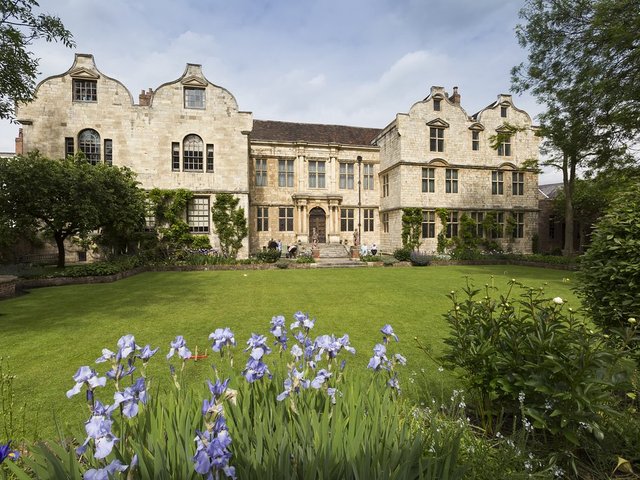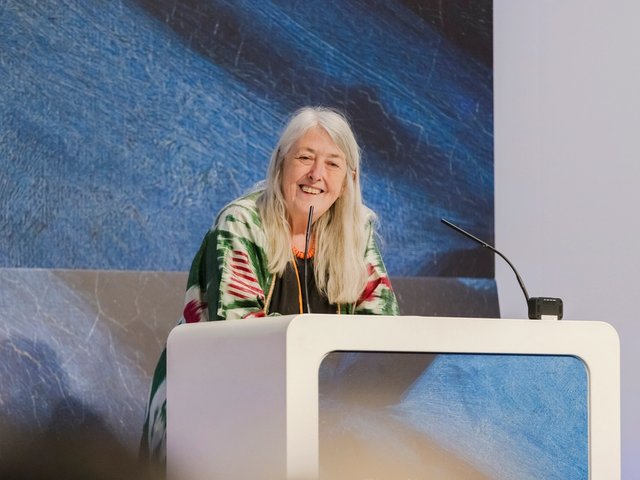A row has erupted over the National Trust’s presentation of its historic houses in England. The most controversial example is Ickworth, a Georgian Italianate palace in Suffolk, where the important 1820s furniture has been removed from the library and replaced with beanbags for visitors to lounge on. Tim Knox, who was the head curator at the National Trust from 2002 to 2005 and is now the director of the Fitzwilliam Museum in Cambridge, has condemned this transformation as “misguided”.
The controversy broke out after the trust published a report entitled Playing Our Part, in March. Although it is presented as a ten-year strategic plan, the profusely illustrated document is long on generalities but short on details. It says that the trust wants “to improve the experiences people have with the places we look after... we think we can do better at making visits interesting and relevant, as well as enjoyable”.
Helen Ghosh, who has been the trust’s director-general since 2012, made some controversial comments at the report’s launch. “When it comes to our big grand houses, one of the things we have to look at is the sheer number of exhibits,” she said. “There is so much stuff in there. Let’s not expect our visitors to look at every single picture in a room; let’s pick one lovely thing, put it in the middle of the room and light it really well. We make people work fantastically hard—we could make them work much less hard.”
This caused widespread concern among the heritage community. Writing on his blog, Art History News, Bendor Grosvenor described the experience of visiting Ickworth; he was horrified by the new display. Virtually all of the furniture had been removed from the library, to draw attention to a chandelier and three paintings from other rooms that are exhibited on easels. Visitors are offered beanbags to encourage them to linger (a survey last year showed that visitors spent an average of 90 seconds in the room, which is one of the trust’s finest libraries).
The Art Newspaper asked Simon Murray, the trust’s director of strategy, curatorship and external affairs, to comment on the presentation of the trust’s 200 historic houses with collections. He revealed that Ickworth is part of an experiment that will ultimately involve ten houses. Some of the experimental presentations have not yet started, so he was reluctant to list them.
Murray emphasises that the trust “presents its houses in context” and that each is different and treated appropriately. “We are not a museum that takes objects, shows them in a display case, shines a light on them and labels them,” he says. But this means that “many visitors find a vast array of objects in front of them, cast a cursory eye over them and don’t get a great deal from the experience”.
With regards to the beanbags at Ickworth, Murray admits that “some of our staff think we should have used a rather different sort of seating and others think it is good as an experiment”. He stresses that it is a short-term arrangement and will not necessarily continue for the whole year.
These changes aim to attract more visitors to the trust’s historic houses and to widen their attraction beyond the middle-class and the middle-aged. The trust is also concerned that its grand 18th-century mansions are now losing their appeal, in favour of smaller and quirkier houses.
Nevertheless, rising visitor numbers suggest that the trust is prospering. Its accounts for 2014/15, which will be published shortly, are expected to show that just over 20 million people paid to visit the trust’s properties, double the number of visitors in 2001/02 (one-third pay on the door and two-thirds through annual membership). Membership has also been rising, and now stands at 4.2 million, making the trust the largest membership organisation in England.



